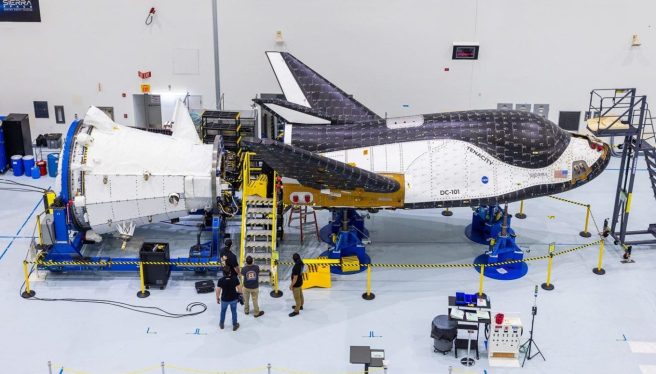Nearly a decade ago, Sierra Space won a contract to deliver cargo to the International Space Station. The company promised a first for the commercial space market: a privately built spaceplane capable of rapid reuse and cargo return, landing on commercial runways.
That original plan has now changed. In a contract modification announced earlier this week, NASA and Sierra Space agreed to remove the agency’s guarantee to purchase cargo flights to the ISS. Instead, the Dream Chaser spaceplane will make its debut in a free-flying demonstration in late 2026, and it will not dock with the station. NASA stated it will provide minimal support for that test, and will only decide afterward whether to order any ISS resupply missions.
This contract change is a significant blow to the Dream Chaser program. Such programs typically rely heavily on government support, as the upfront development costs for a spacecraft are so high that commercial customers alone rarely provide enough demand. For example, SpaceX received billions from NASA through its Commercial Orbital Transportation Services and Commercial Crew programs to develop its Dragon capsule and Falcon 9 rocket.
The change also means Dream Chaser will undergo a major rebranding. Its mission was always to resupply the ISS under NASA’s Commercial Resupply Services program, alongside SpaceX’s Dragon and Northrop Grumman’s Cygnus. Those contracts have a combined value of up to fourteen billion dollars across the three providers. NASA has obligated roughly one point four three billion dollars to Sierra Space so far, and that may now be the full extent of the commitment.
With that guaranteed income gone, Sierra Space faces the challenge of repositioning itself as a dual-use platform for commercial space stations or defense customers. Company executives are emphasizing the defense angle. Its executive chair, Fatih Ozmen, said the transition will allow Sierra to provide unique capabilities to meet the needs of diverse mission profiles, including national security priorities.
Mid-program pivots are relatively rare in aerospace, but they have become more common as space startups contend with shifting government priorities. Historically, aerospace systems were designed for specific missions, but Sierra argues that Dream Chaser’s reusability and runway capability make it flexible. The free-flying demo could help Sierra showcase this flexibility by hosting different payloads without docking to the ISS.
Time is a critical factor. The ISS is slated for deorbit around 2030, which leaves Dream Chaser just a few short years to demonstrate cargo delivery in orbit. However, if Dream Chaser can prove itself, it could credibly go on to serve multiple customers and carve out a valuable niche as the only winged spacecraft on the market.

